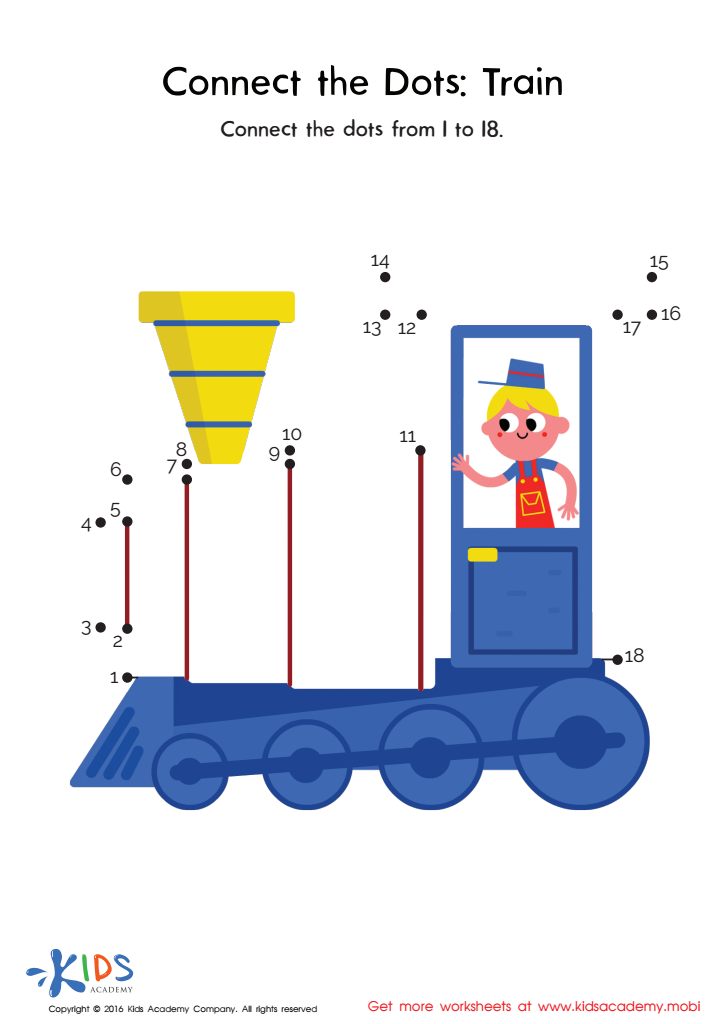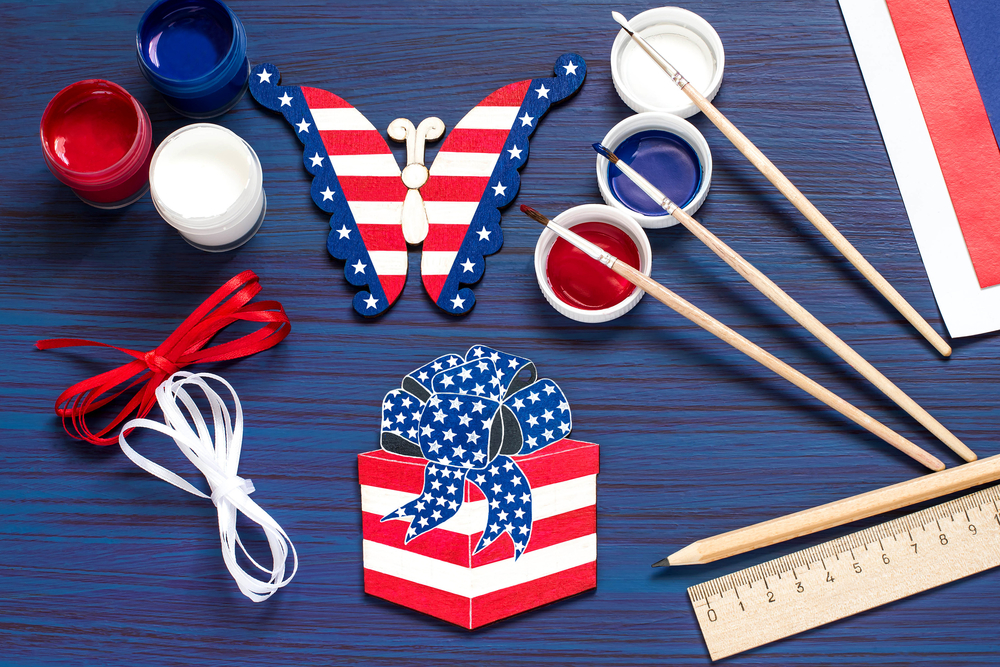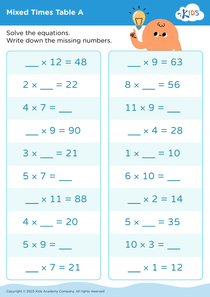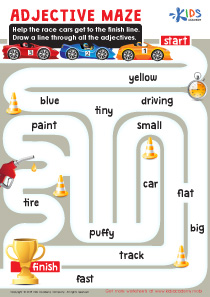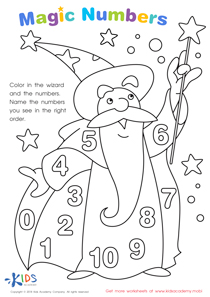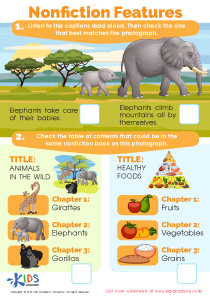Extra Challenge Connecting the Dots worksheets activities for Ages 3-9
5 filtered results
-
From - To
Unlock a world of creativity and learning with our Extra Challenge Connecting the Dots worksheets, designed for children ages 3-9! These engaging activities not only provide fun but also enhance fine motor skills, counting, and hand-eye coordination. With varying levels of difficulty, your child can enjoy the satisfaction of connecting dots to reveal exciting images. Perfect for home or classroom use, these worksheets are a fantastic way to spark imagination and reinforce essential skills. Explore our collection today and watch your little ones transform simple dots into beautiful pictures while having a blast! Start connecting the fun now!
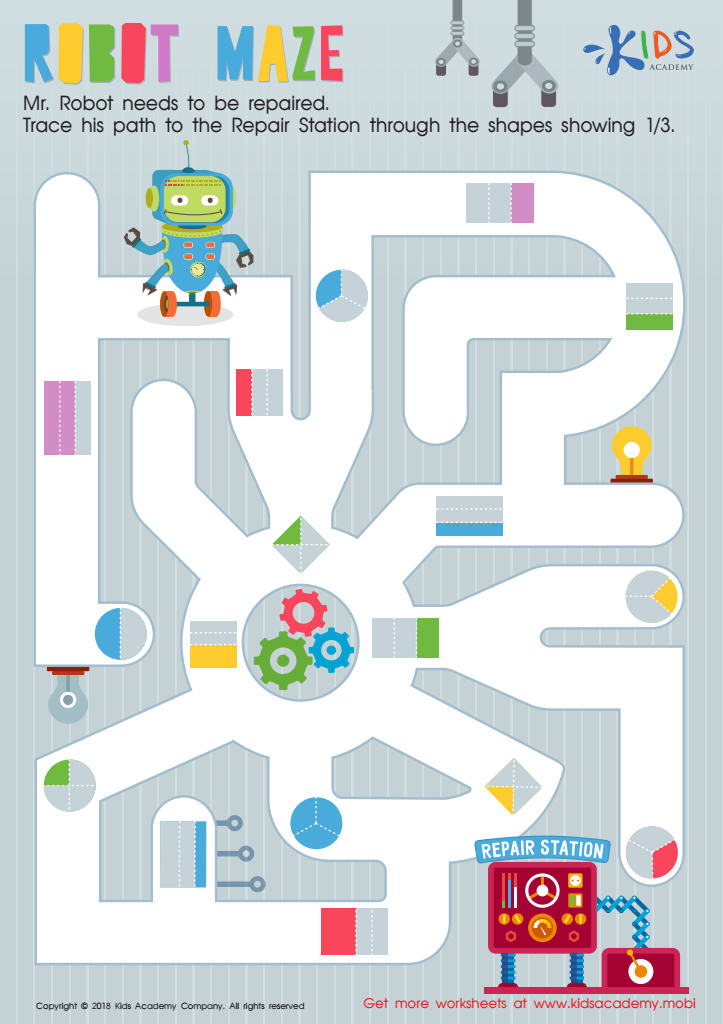

Robot Maze Worksheet
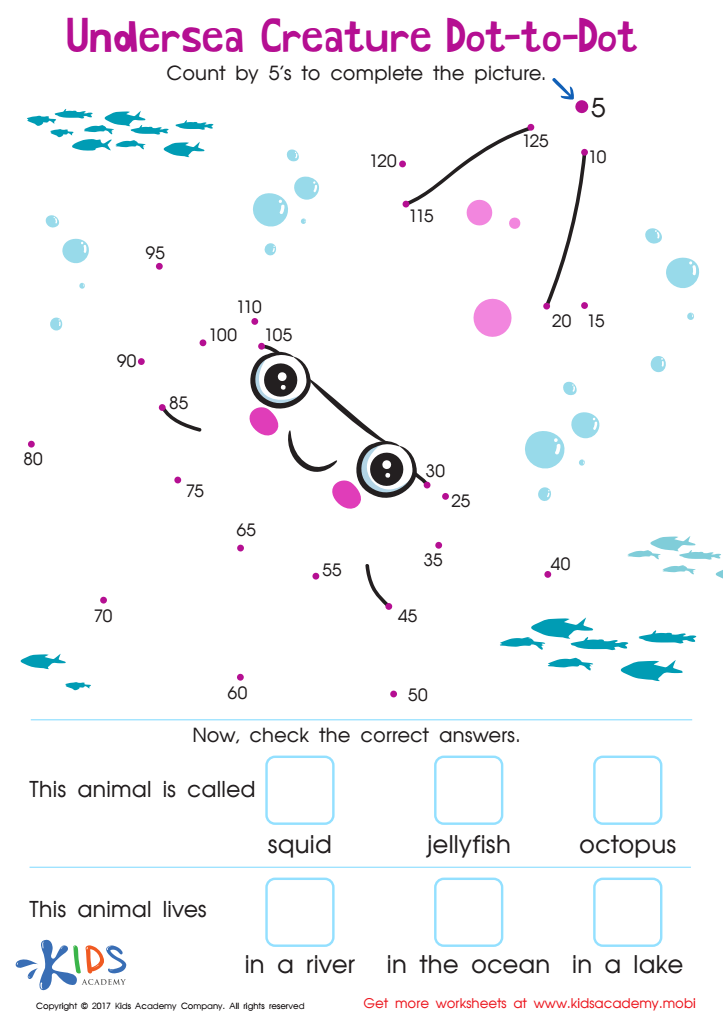

Undersea: Dot To Dot Worksheet
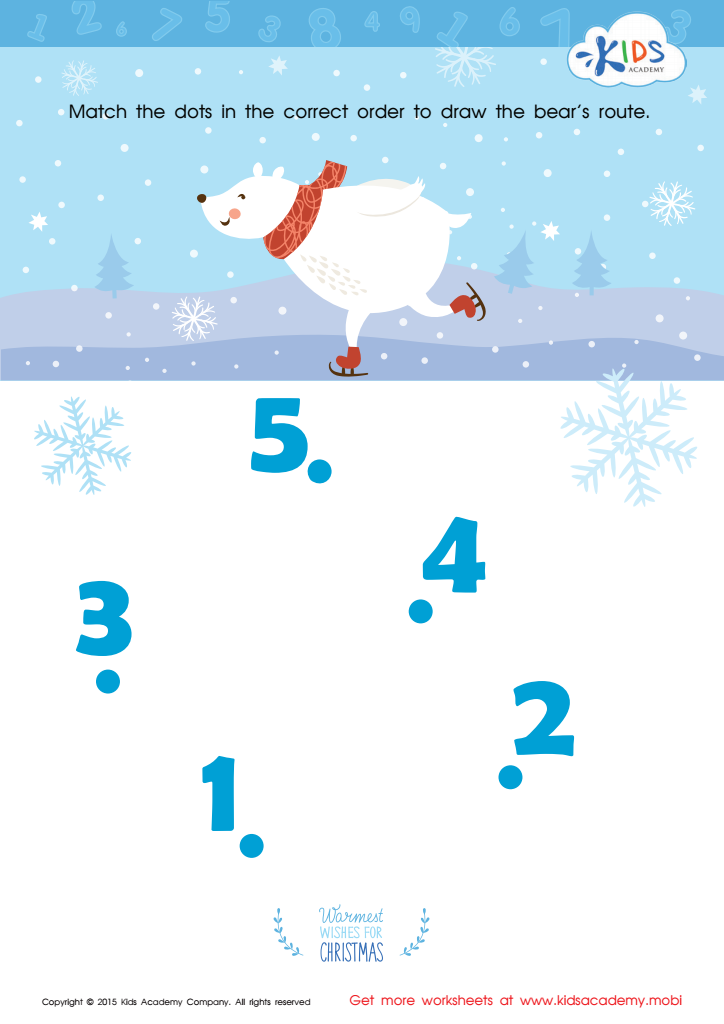

Drawing the Bear's Route by Number Worksheet
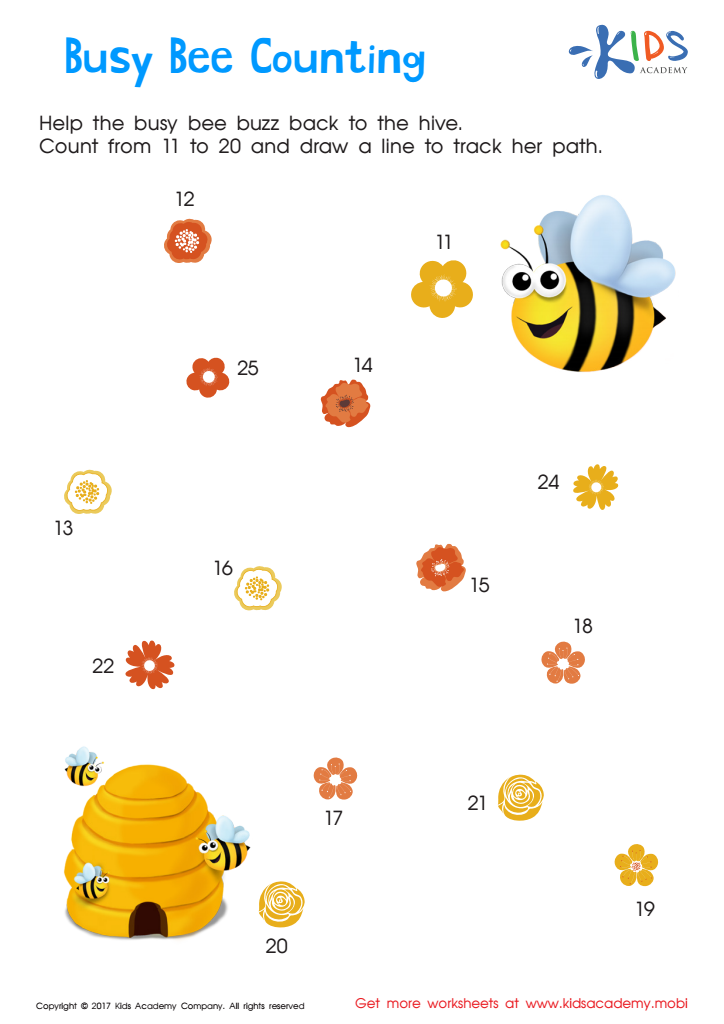

Ordering 11–20: Busy Bee Counting Worksheet
Extra Challenge Connecting the Dots activities for children ages 3-9 are vital for their development and learning. These activities are more than just simple games; they play a crucial role in enhancing fine motor skills as children use hand-eye coordination to connect dots. This early practice lays the foundation for strong handwriting abilities, crucial for academic success.
Additionally, connecting the dots challenges promote critical thinking and problem-solving skills. Children learn to recognize patterns and sequences, which are essential cognitive skills that aid in mathematics and science. These activities also encourage focus and attention to detail, helping young learners become more patient and attentive in a world filled with distractions.
Furthermore, parents and teachers should recognize the social benefits of these activities. They can be done individually or in groups, fostering teamwork and cooperation through shared challenges. These experiences can strengthen relationships among peers, familial bonds, or parent-child interactions.
Finally, connecting the dots is a playful way to stimulate creativity and imagination, as children often create their own interpretations and colorful designs from simple lines. By incorporating these activities into learning routines, adults can support holistic development, fostering both academic readiness and emotional growth in children.
 Assign to My Students
Assign to My Students
